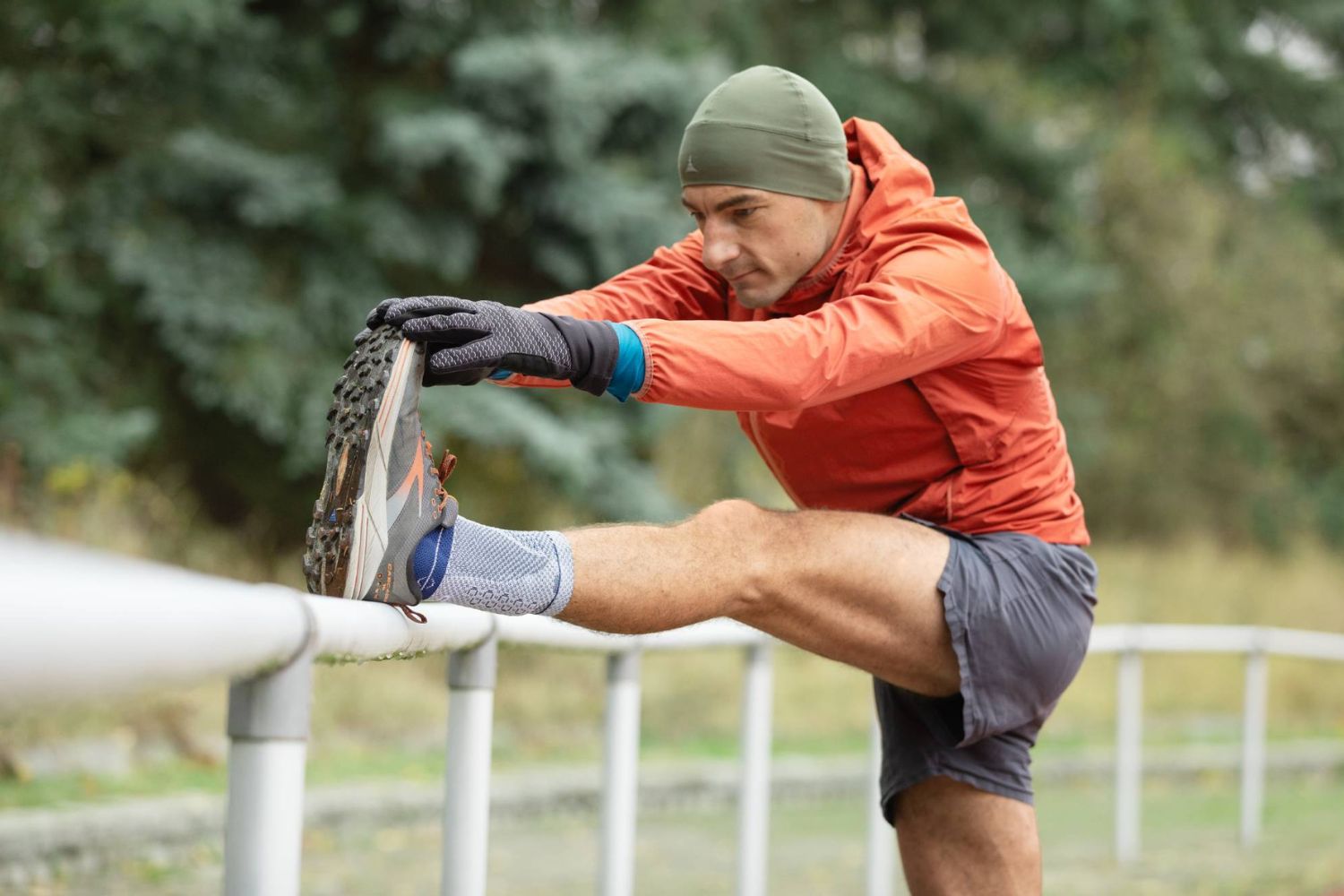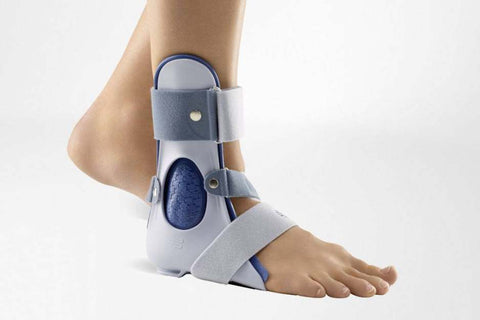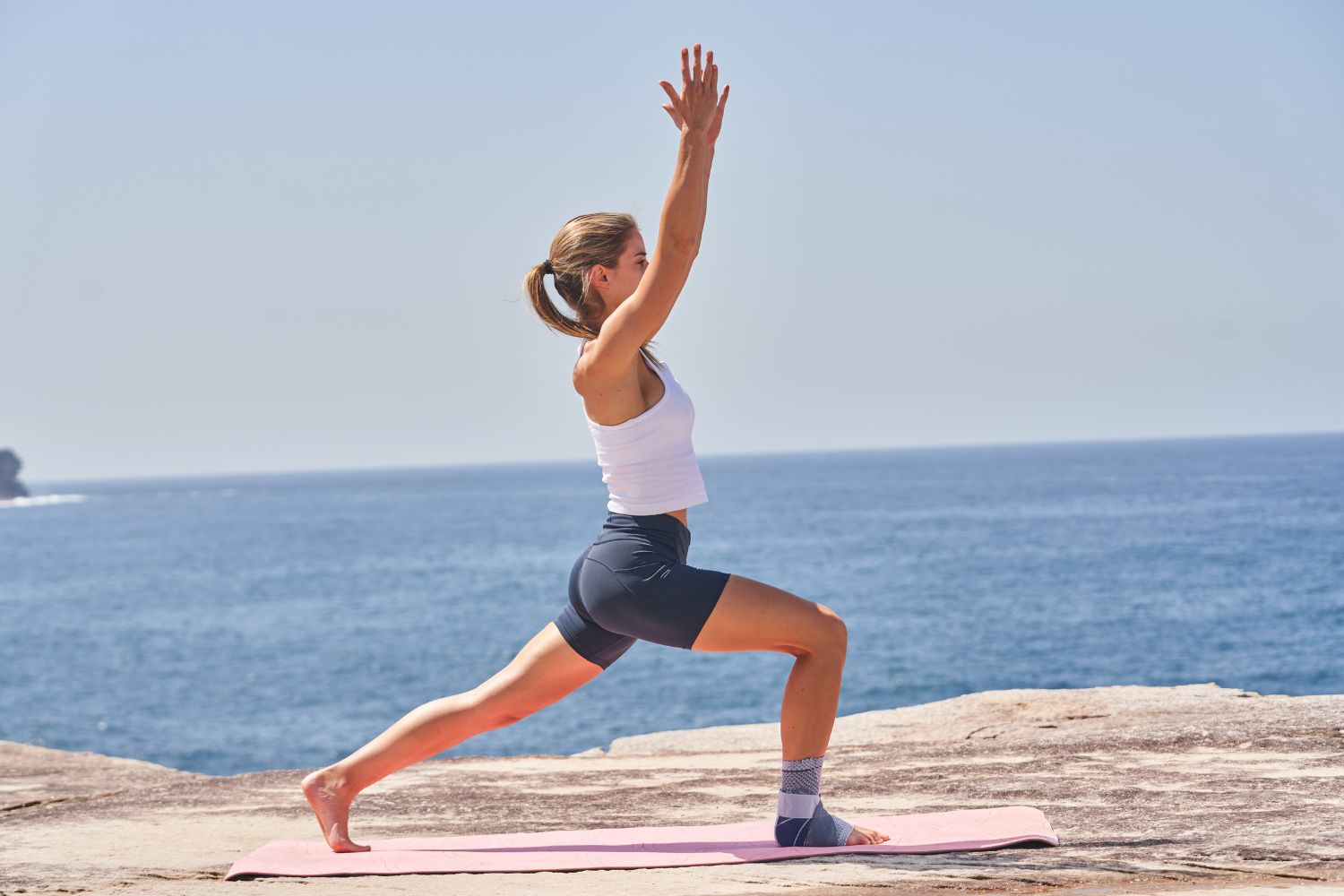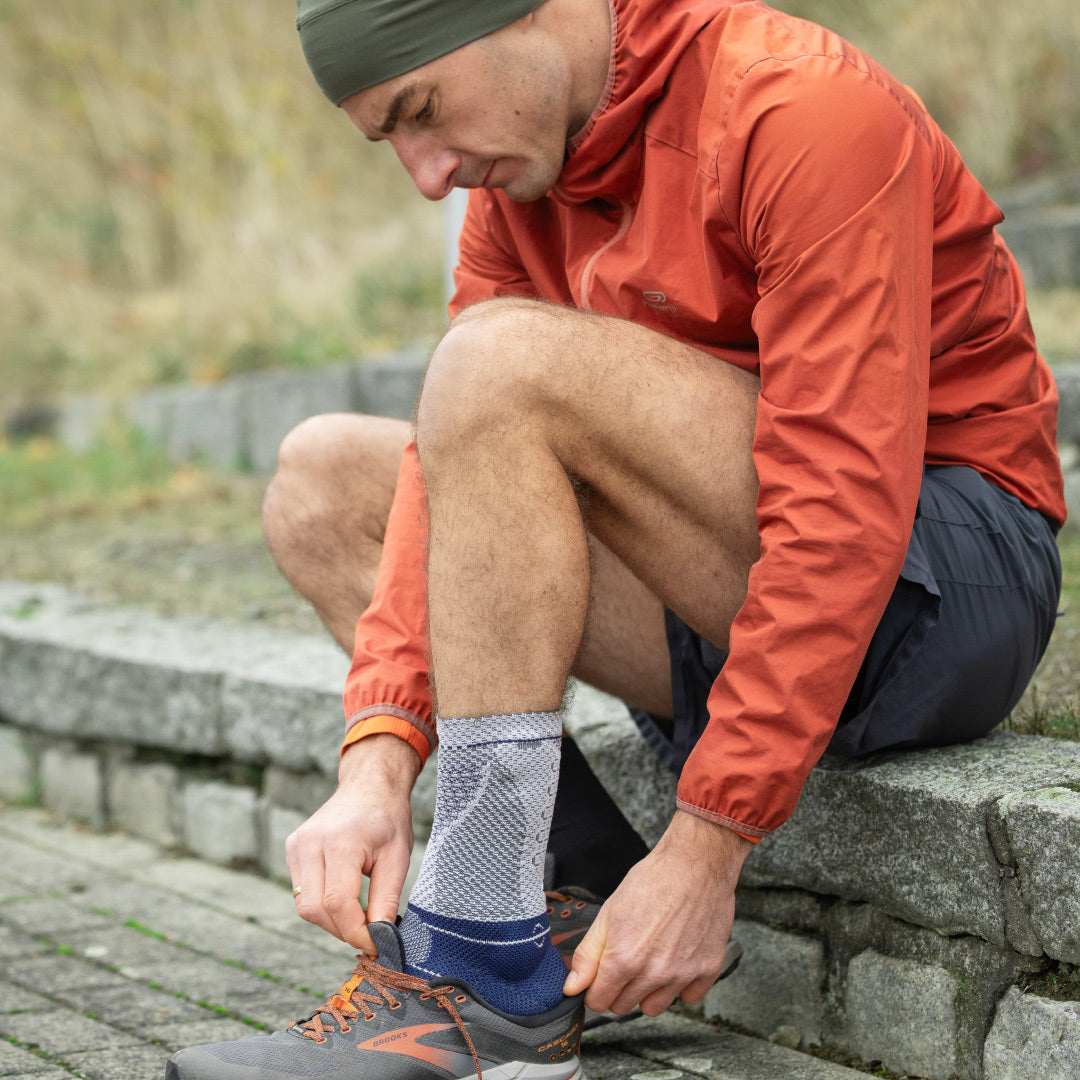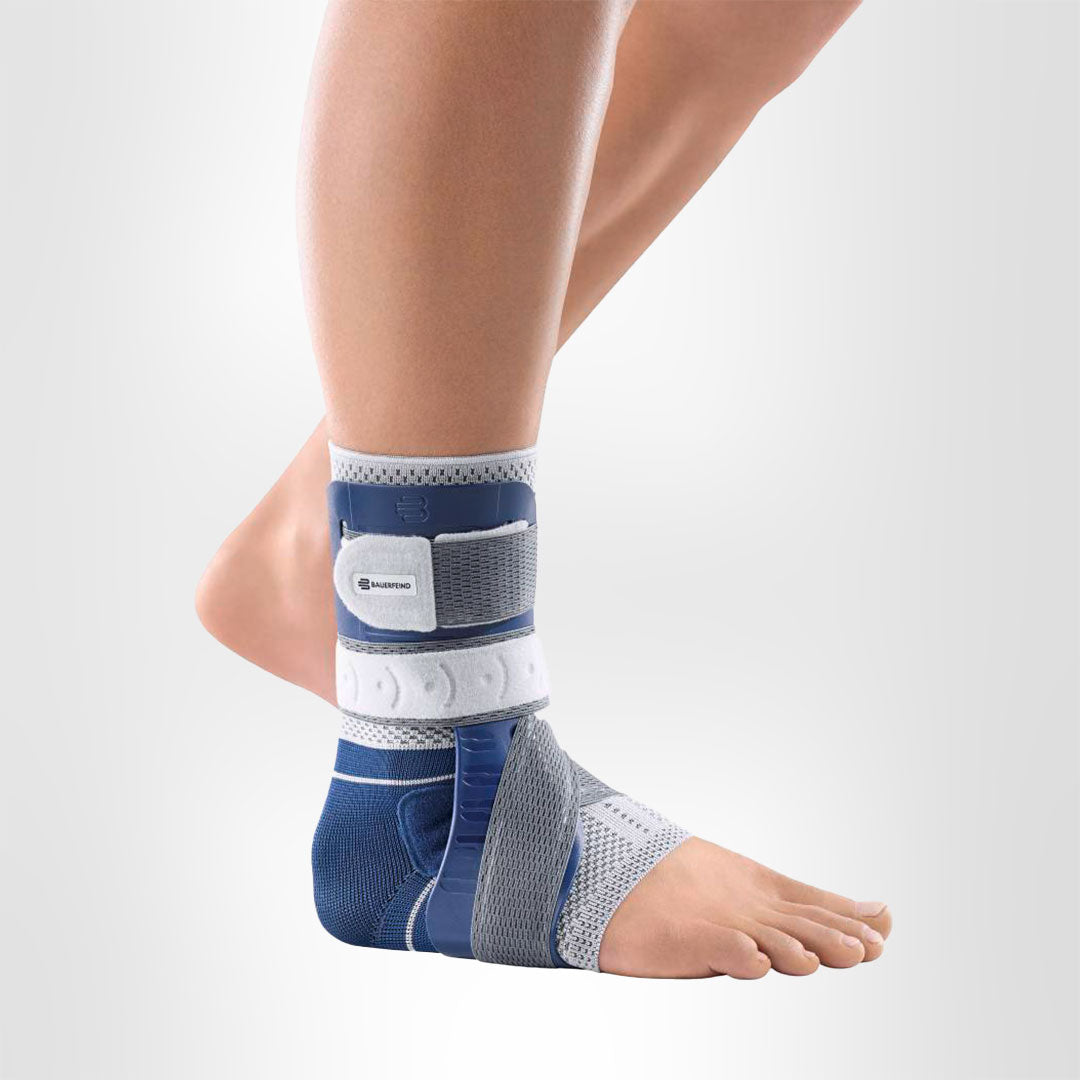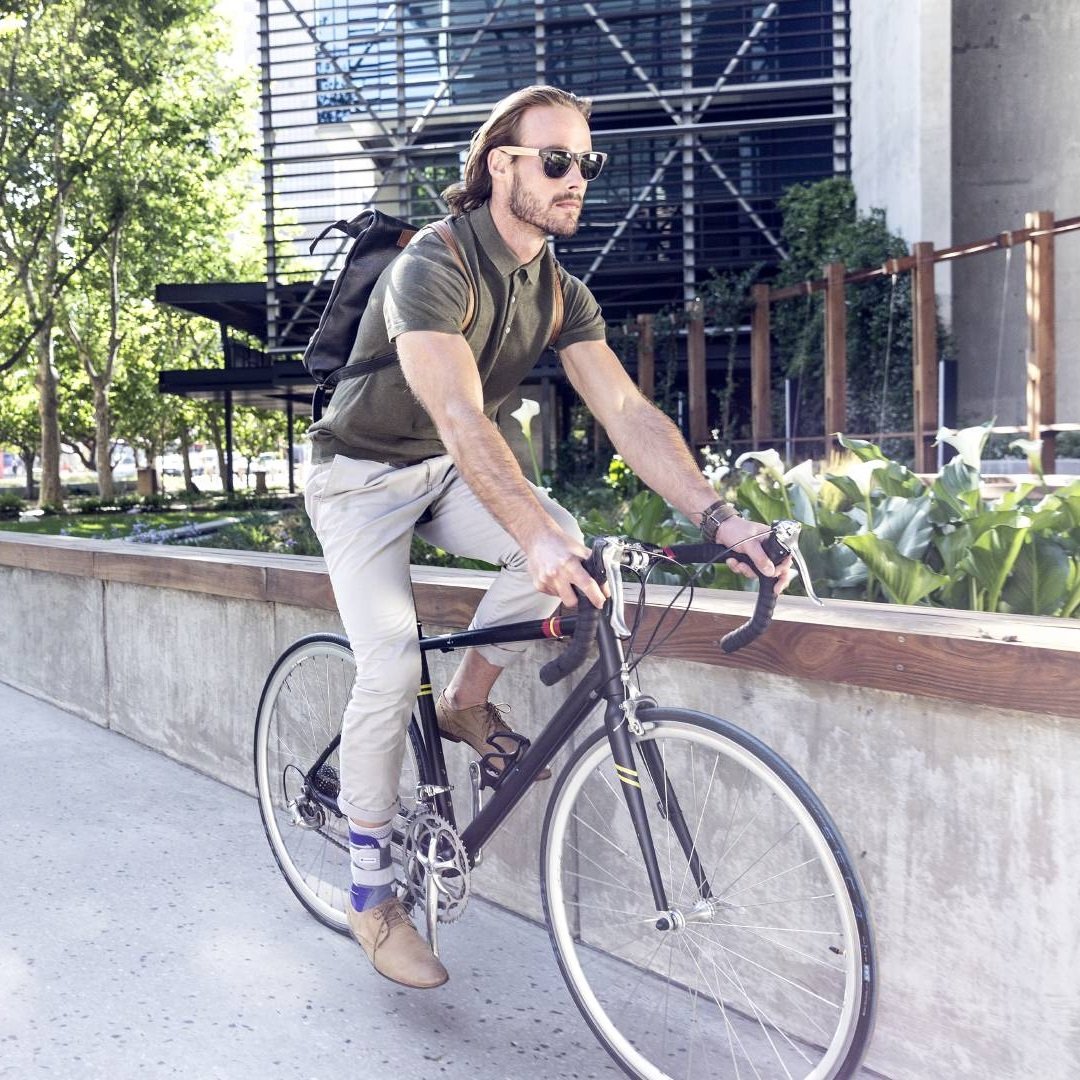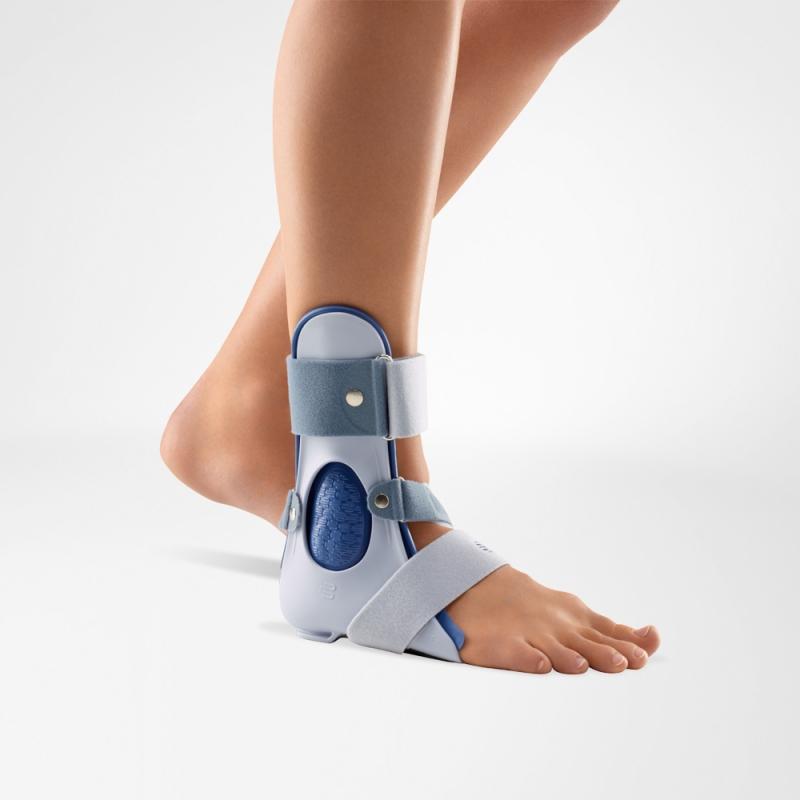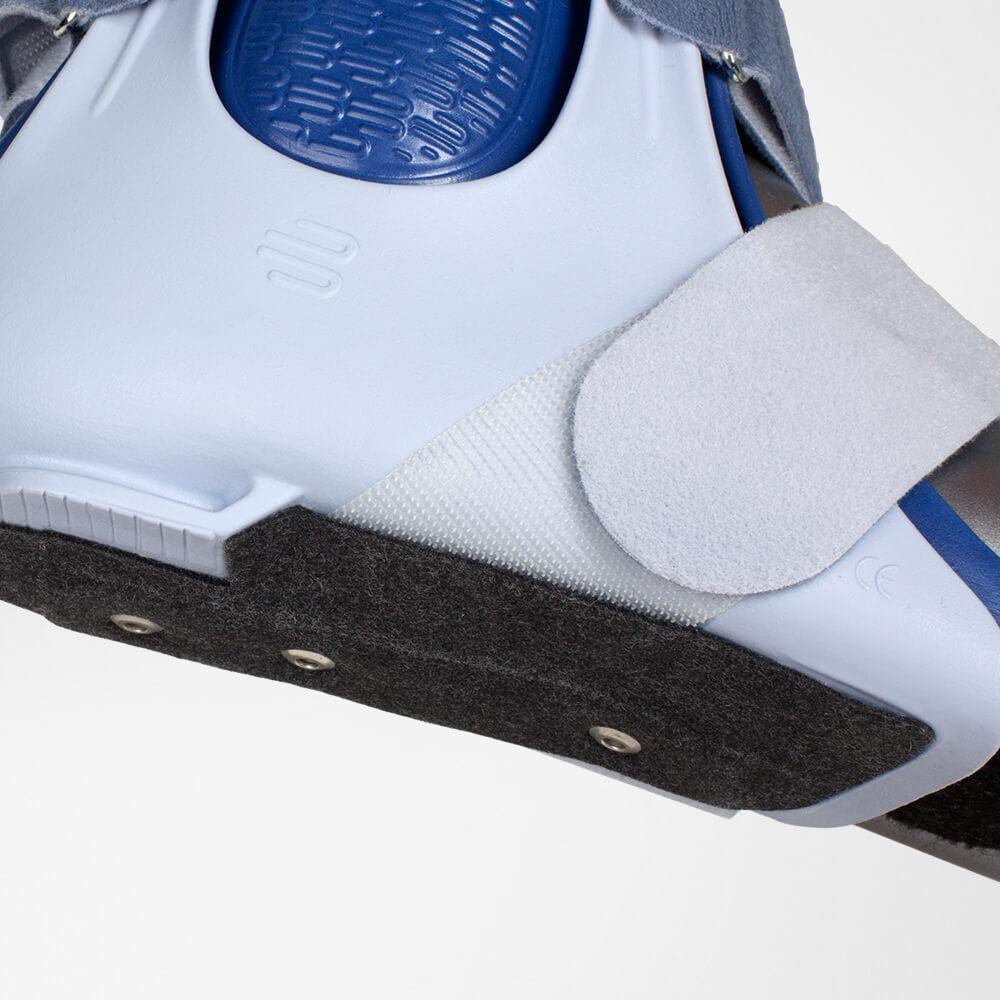Want to reduce your ankle pain? An ankle brace could be the answer. As the ankle is a complex joint subject to a lot of different injuries and ailments, there are tons of different braces to choose from. And while the perfect one for you will mainly depend on your condition, we’ve created a guide to help narrow down your search. So, here’s how to pick the best ankle brace for long-term pain relief.
The many causes of ankle pain
- Arthritis: whether it’s posttraumatic, rheumatoid, osteo, or pseudogout, arthritis involves degrading cartilage. Note: the cartilage itself doesn’t have any nerves. But as the cartilage disks cushioning your fibula, tibia, and talus wear away, you’ll likely experience painful friction on the bone. And in later stages, bone-on-bone contact.
- Tendonitis or tendinitis: Tendonitis is an overuse injury, while tendinitis is an acute injury to any of your ankle tendons. With the former, repetitive strain to the ankle without sufficient rest can irritate it over time, causing inflammation and pain. With the latter, the tendon may get torn during a fall, bad landing, or sharp twist.
- Sprain: An ankle sprain is an injury to any of the ligaments in the ankle. These can vary in severity from grade 1 (an overstretch or microscopic tear) to a grade 3 sprain (complete tear or rupture).
- Tarsal tunnel syndrome is essentially the ankle’s equivalent of carpal tunnel. At the back of the ankle is the tarsal tunnel, which contains the tibial nerve. If the tunnel is damaged through injury, repeated pressure, or overuse, its tissues may inflame and start compressing the nerve, resulting in nerve pain.
- A stress fracture is a tiny crack in the bone, usually resulting from repeated stress (i.e., from running long-distance without sufficient rest). In some cases, stress fractures may result from medical conditions like osteoporosis, which weakens the bones.
Unfortunately, all of these injuries and conditions may become chronic, leading to chronic pain. But fortunately, A good ankle brace can help manage it. And in some cases, it can help your body recover.
Best ankle braces for long-term pain relief
The ankle is home to dozens of different structures, all of which can be affected in different ways and to varying degrees. So, the best ankle for you will largely depend on your condition.
Soft
AchilloTrain Ankle Support
Soft ankle braces are compression sleeves with a bonus. They communicate with your muscle, thus helping it control your joint to improve traction and, by extension, reduce painful movements.
Some compression braces (like our AchilloTrain Pro) incorporate special gel pads to massage painful areas and relieve pressure on certain tissues. In this ankle brace’s case, the pads border the Achilles tendon to treat associated pain. An additional pad sits under the heel to minimise pressure on the Achilles.
Other braces, like the MalleoTrain Plus, have support straps. These provide extra stabilisation as you move, making them a good fit for exercising after injury and managing chronic sprains.
Soft braces are great for relieving pain caused by milder injuries and conditions. Think tendonitis, grade 1 sprains, and the early stages of ankle osteoarthritis. However, they may not be sufficient for more severe issues.
Semi-rigid
MalleoLoc L3
A semi-rigid ankle brace uses some combination of hard and soft components. As the in-between between soft and rigid, it’s best for relieving pain from moderate injuries and conditions.
The MalleoLoc L3, for instance, is well-suited for moderate ligament sprains and arthritis. It uses:
- Compression knit to reduce swelling and help your muscles control joint movement.
- Straps and splints to further stabilise and relieve painful pressure on the joint.
As a semi-rigid brace, it’s highly adjustable and supportive but still allows for full range of motion.
Rigid
CaligaLoc
Rigid braces use a combination of splints and straps to lock the ankle in place and prevent or restrict specific movements. They’re crucial for the immobilisation stage of recovery following surgery or a severe acute injury.
For example, our CaligaLoc ankle brace prevents rolling, twisting, and buckling, making it great for ankle ligament ruptures and post-reconstruction recovery. The ligaments - responsible for stopping movements like overpronation and overpronation - don’t have to work as hard and will be at much less risk of pain and re-injury.
Some things to consider
Not all ankle braces and supports are made equal. To relieve your chronic pain, your brace must be:
- Made of quality materials. The ankle is subject to a lot of pressure, so your ankle brace must withstand a fair bit of wear and tear. Worn-out fabric, un-sticky straps, and warping splints make for a lousy brace and ineffective pain relief.
- Fit you perfectly. If a brace is too small, it may cause bruising or impact circulation. If it’s too large, it won’t be as effective at supporting your joint.
- Be comfortable to wear. You’re far more likely to keep wearing a brace during recovery if it’s comfortable to move around in.
Beyond bracing
An ankle brace is an excellent addition to your chronic pain management arsenal. But, as with any other pain management technique, you shouldn’t use it alone. Instead, combine bracing with:
- Exercise. While it can be challenging to move when pain signals tell us not to, immobility can do much more harm than good and may even worsen your chronic pain. Because when you don’t move, your muscles weaken and tighten, increasing pressure on other tissues. Exercise, on the other hand, helps muscles grow stronger and more effective at supporting the joint.
- Hot and cold. Hot and cold therapy is a tried and true way to combat stiffness, swelling, and pain. Apply an ice pack to a swollen ankle for 15 minutes. Apply a heat pack to a stiff ankle for 20 minutes.
- Mind-body. Mindfulness techniques like meditation can be very effective for long-term pain management. In fact, one study found that participants who made a habit of mediating could decrease their perception of pain by up to 20%!
- Physiotherapy. A physiotherapist can help by relieving stubborn muscle tension, manipulating stuck joints, and prescribing a tailored exercise plan for your condition.
To sum up
Chronic ankle pain can be challenging to deal with. But through compression, gel padding, straps, and splints, a quality ankle brace can help you manage it. And, in some cases, help you recover from the underlying condition.














